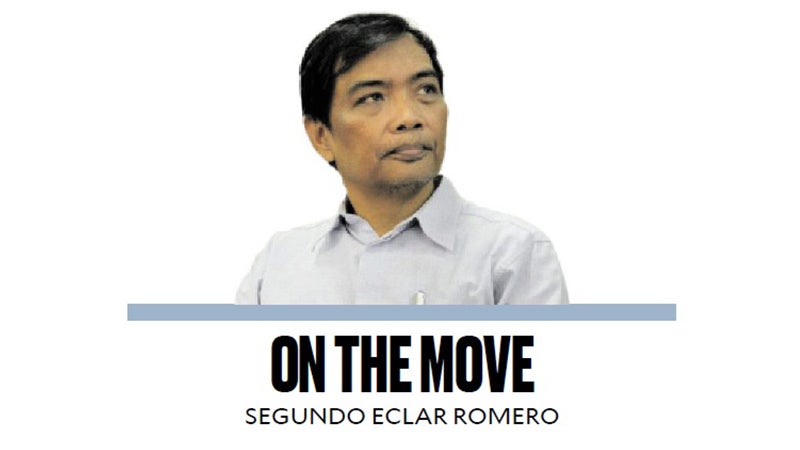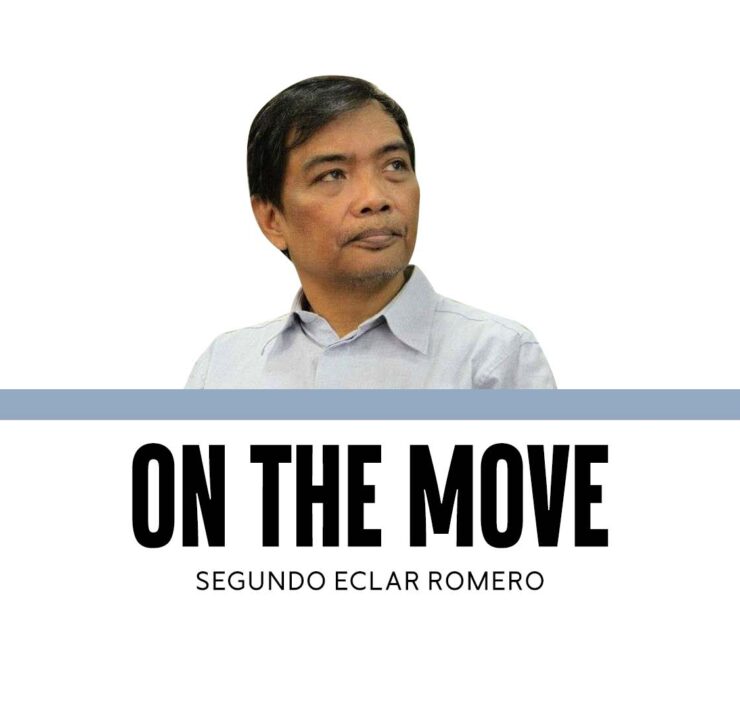Marcos drives East Asia’s power balance shift

The recently concluded summit between US President Joe Biden, Japanese Prime Minister Fumio Kishida, and Philippine President Marcos is a milestone in recasting the balance of power in maritime (North and Southeast) East Asia.
This milestone further clarifies the political dynamics in the South China Sea, Taiwan, and the Senkaku Islands. A transformative shift has occurred over the past three years, reshaping the balance of power in maritime East Asia. This transformation stems from a confluence of bilateral, trilateral, and multilateral security arrangements, underscored by joint exercises and patrols across critical strategic hotspots like the South China Sea, Taiwan, and the Japanese Senkaku islands. These initiatives have galvanized credible military forces to counter Chinese aggression, backed by unprecedented commitments from the United States to uphold its mutual defense treaties with key allies like the Philippines and Japan.
However, it is the decisive action of Mr. Marcos that has emerged as a pivotal force driving this seismic shift. Far from being a passive participant, Mr. Marcos has boldly embraced a strategic realignment by welcoming American visiting forces and facilitating the establishment of nine military facilities across the Philippine archipelago, particularly in the northern regions bordering Taiwan and China. From the point of view of the Philippines, it is a shift in the policy of appeasement toward China under President Rodrigo Duterte to a policy of containment under Mr. Marcos. This proactive stance has served as a catalyst, igniting momentum toward a recalibration of power dynamics in the region.
There is no tentativeness in Mr. Marcos’ actions. Following a January 2022 deal, the Philippines last week received three sets of BrahMos supersonic cruise missiles—the first for the Philippines, and the first for India. The BrahMos fires two missiles traveling at 2.8 Mach within 10 seconds from various platforms—land, ships, aircraft, and submarines. Also in exasperating territorial conflict with China, India weighs in on the Philippine side.
By aligning the Philippines more closely with the United States and its allies, Marcos has injected a newfound assertiveness into regional security efforts, challenging China’s hegemonic ambitions. This shift has not gone unnoticed by Beijing, which has responded with heightened rhetoric and attempts to portray itself as a victim rather than an aggressor in regional tensions.
Mr. Marcos’ stance resonates not only with policymakers but also with public intellectuals and the Filipino populace. The priority he gives to national security interests aligns with the deep-seated public empathy for Filipino fishermen affected by Chinese encroachments in the West Philippine Sea.
However, China’s strategy extends beyond the waters of the West Philippine Sea, infiltrating the very fabric of Filipino society. Following China’s reported interventions in other countries (e.g., Australia, the United States, Taiwan, European Union), evidence suggests a concerted effort to subvert democratic processes, with attempts to influence the outcome of the upcoming presidential elections in 2028. The candidacy of Sara Duterte, who arguably shares her father’s pro-China stance, serves as a possible focal point for these efforts. The enrollment of almost 500 Chinese students in a college in Tuguegarao raises security eyebrows, on top of the infiltration of Chinese nationals as auxiliaries into the Philippine Coast Guard.
China’s infiltration goes beyond mere political maneuvering, permeating through porous archipelagic borders and societal structures. Through various channels—students, tourists, scholarly exchanges, and infrastructure projects—China seeks to embed itself within Philippine society, molding public opinion and influencing electoral outcomes to its advantage.
In this volatile landscape, the burden falls on Filipino institutions and intellectuals to provide clarity and guidance. The foreign affairs and military bureaucracies are thrust into the spotlight, tasked with shaping Philippine policy toward China across multiple administrations. Likewise, public intellectuals must engage in informed discourse, offering evidence-based analysis to empower the populace and inform the government’s decision-making.
Amidst the geopolitical maneuvering, conflating the conflict between nations with the relationships between the Filipino and Chinese peoples must be avoided. The internal dynamics of China under the CCP dictatorship, marked by economic challenges and societal discontent is not unfamiliar to Filipinos who lived through Marcos Sr.’s authoritarian rule.
As the 2025 and 2028 elections loom closer, the Philippines stands at a critical juncture, where the trajectory of its relationship with China will be shaped for generations to come. It is incumbent upon Filipino institutions, civil society, and individuals to navigate these treacherous waters with foresight and fortitude, ensuring that national interests are safeguarded while fostering people-to-people understanding and cooperation.
doyromero@gmail.com


















